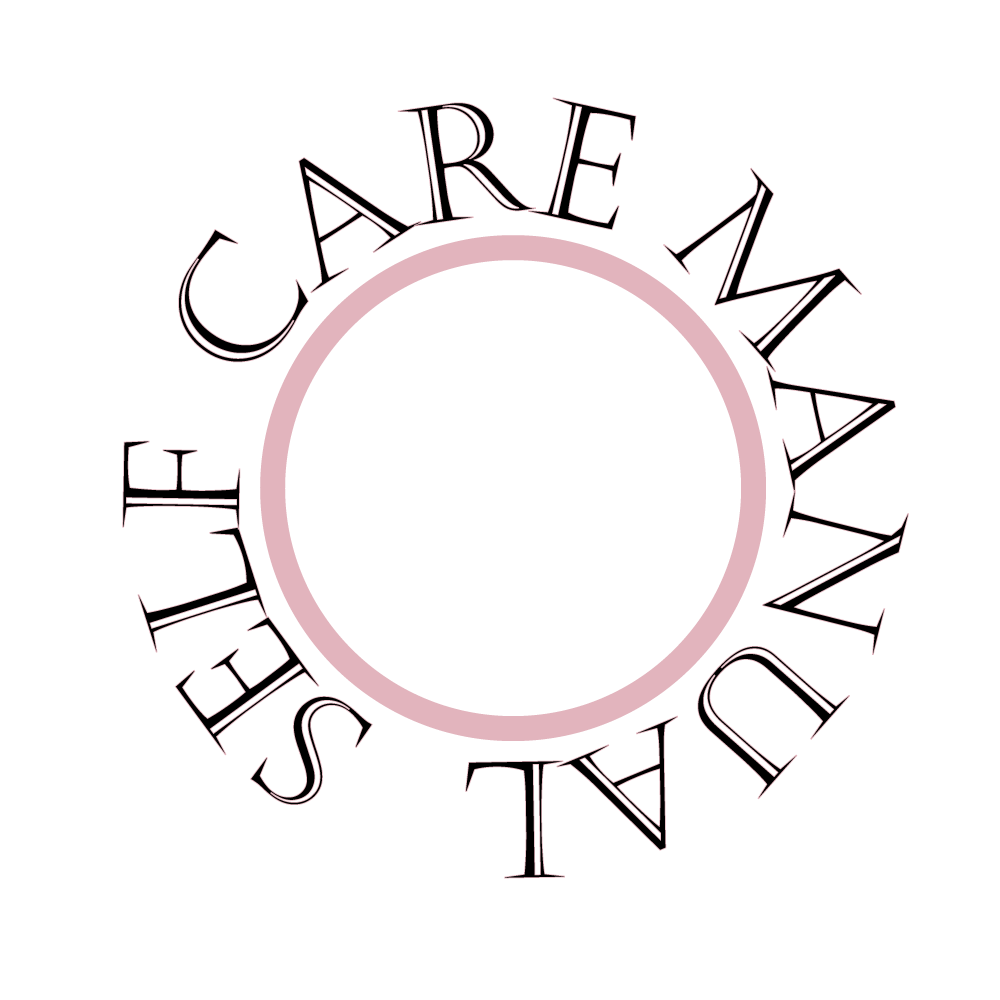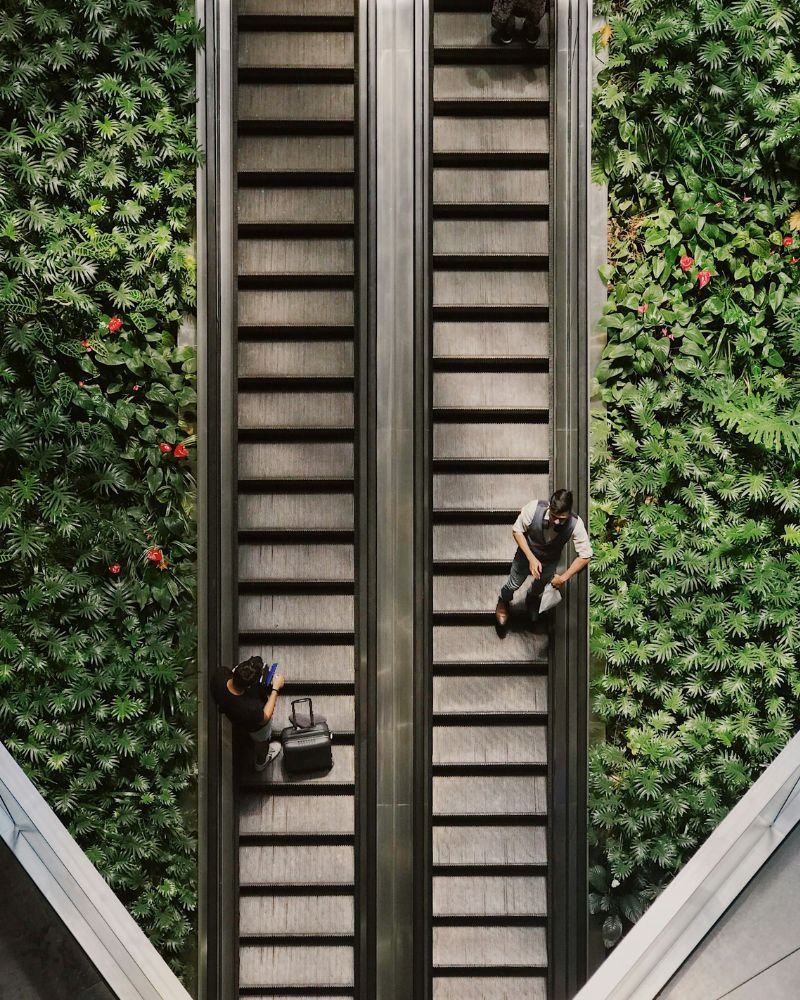The Vital Role of the 'Third Space' in Cultivating Community and Well-being
The boundaries between home and workplace are increasingly blurred, so the concept of the "third place" has taken on heightened significance. Traditionally, the third place served as a social anchor, providing a vital space for community interaction and connection.
Historically, institutions like churches often fulfilled this role, offering a communal gathering point for people from different walks of life. However, societal shifts have lead to a reevaluation of the third place.
As urbanization continues to shape our cities, the role of urban planning in creating accessible and inviting third places becomes increasingly crucial. Parks, squares, pedestrian areas—all serve as invaluable communal spaces where individuals can come together. These spaces play a pivotal role in nurturing a sense of belonging and cohesion within communities, promoting social integration and resilience.
The Evolution of Third Places and the Role of Urban Planning
Throughout history, third places have been intrinsic to societal cohesion, fostering community bonds through neighborhood gatherings, religious assemblies, and cultural festivals. These shared spaces served as the heartbeat of social interaction, providing avenues for connection and belonging.
However, in the context of modern society, the landscape of third places has undergone a transformation. While the essence of communal gathering remains, the form and accessibility of these spaces have evolved. Today, third places are often "space-bound," manifesting in physical environments such as parks, cafes, and community centers.
In this paradigm shift, the significance of urban planning cannot be overstated. Unlike older urban planning traditions prevalent in Europe and Asia, where cities were designed to accommodate social interaction and communal life, contemporary urban development in the United States has often prioritized efficiency and commercial interests.
For comparison take a look at this image:
While European and Asian cities boast vibrant public squares, pedestrian-friendly streets, and abundant green spaces conducive to social engagement, many American cities grapple with urban sprawl, car-centric infrastructure, and a dearth of accessible communal areas.
Creating Your Own Third Place
The essence of a third place lies in its ability to evoke a sense of comfort, belonging, and acceptance.
It's a space where people can truly be themselves, forging meaningful connections. It can be a local coffee shop, a neighborhood park, or a virtual community forum - the best third places are those where people feel welcomed and understood.
The best way to start, if you want to join (or create) a third space for yourself is to look to activities and interests that bring you joy.
Whether it's pursuing a hobby, volunteering for a cause you're passionate about, joining a sports team, or hosting regular gatherings with friends and family, the key is to prioritize activities that resonate with you.
Here are some tips to help you:
Find Your Passion: Explore activities and hobbies that bring you joy and fulfillment. Whether it's gardening, painting, knitting, cooking, or playing music, identify activities that resonate with your interests and values.
Seek Community: Look for opportunities to connect with like-minded individuals who share your passions. Join local clubs, groups, or online communities centered around your interests.
Volunteer: Get involved in your community by volunteering for causes that are important to you.
Host Gatherings: Create opportunities for social interaction by hosting regular gatherings with friends and family - a weekly game night, a monthly potluck dinner, or a casual coffee meetup.
The Playful Nature of Third Places
In his seminal work "The Great Good Place," Ray Oldenburg illuminates the significance of third places in fostering civil society, democracy, and civic engagement. Among all the attributes that characterize these vital social hubs, one aspect stands out: their inherent playfulness.
Whether it's the lighthearted banter between regulars at a bar, debates over a game of chess at a local park, or chatting at a coffee shop, playfulness permeates the social fabric of third places.
It fosters a sense of ease and comfort, encouraging them to let down their guard and engage authentically with one another. In the absence of social hierarchies or formalities, people can express themselves freely.
What People are Saying Online
Living in a city where third spaces are lacking can feel really isolating. When you don’t have anywhere to go to meet new people, or to just hang out with friends without an agenda. It also drains the spontaneity from encounters with other people.
During the last couple of years (especially during the pandemic) I’ve noticed more and more people complaining about it online. I think this Reddit thread paints a good picture of how people are feeling about it these days:







This article will examine the evolution of a tourist into a mobile worker in the Mediterranean, showcasing its attractiveness and offering useful advice for a productive time working remotely.